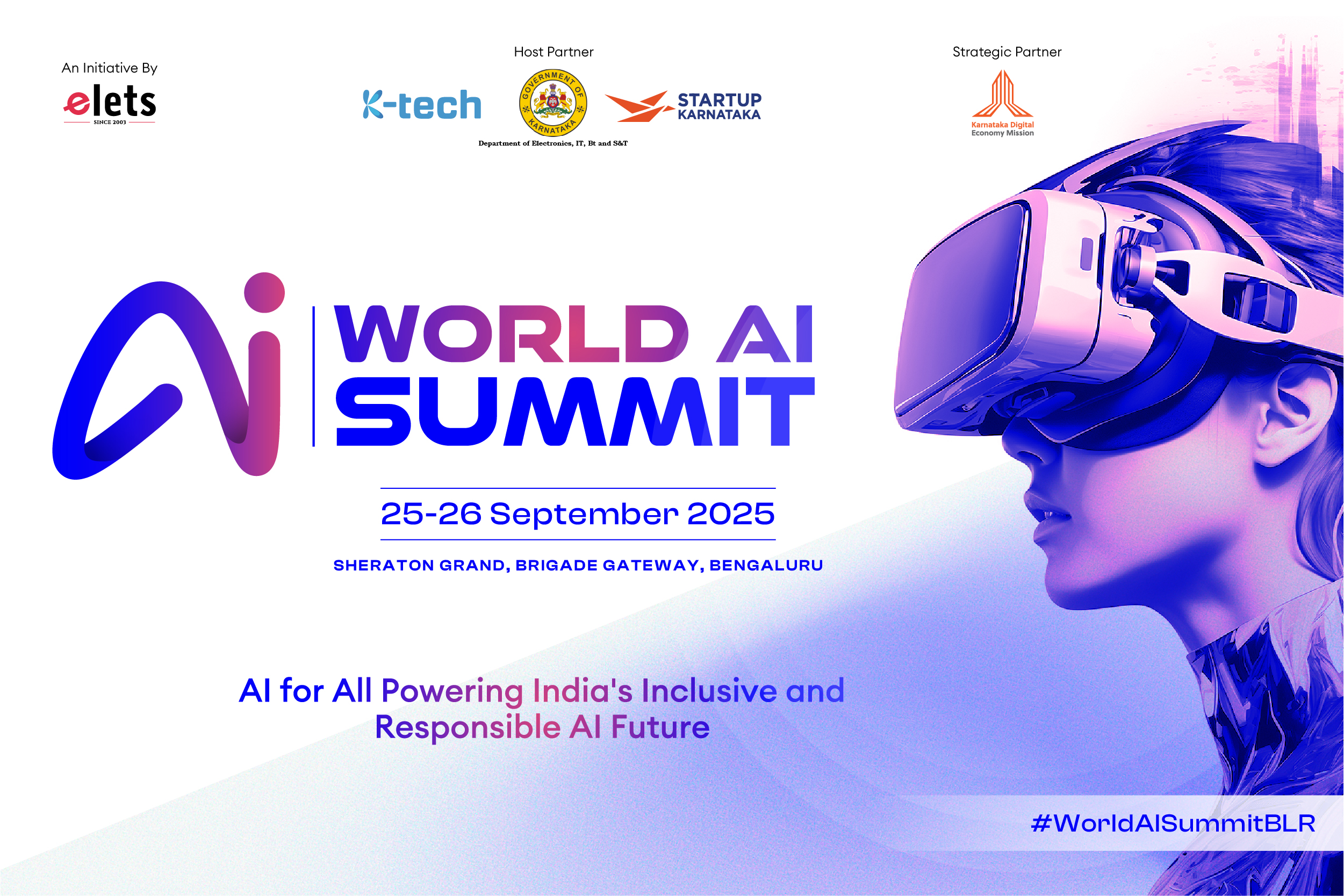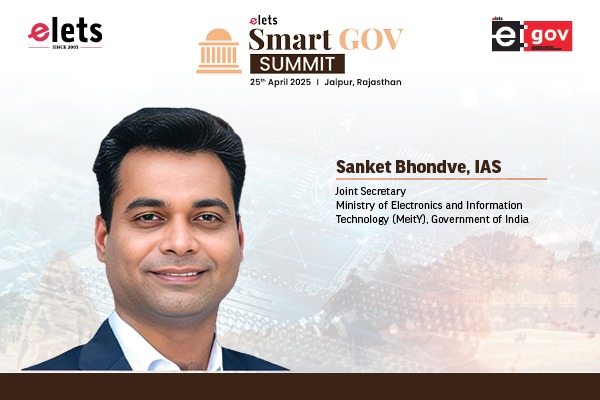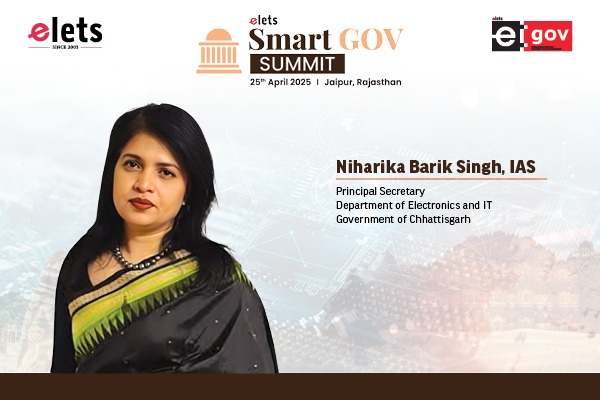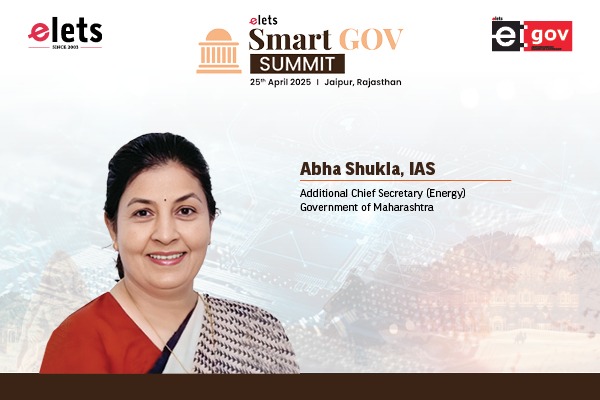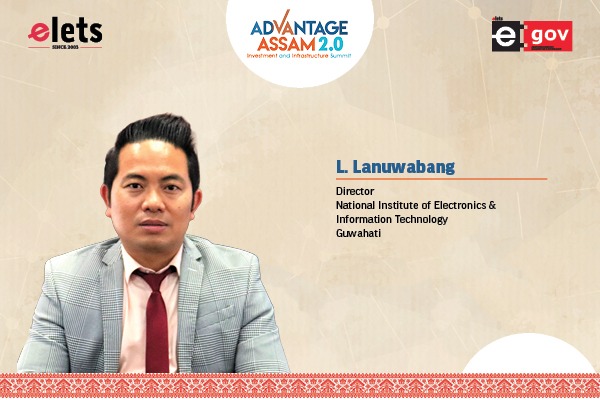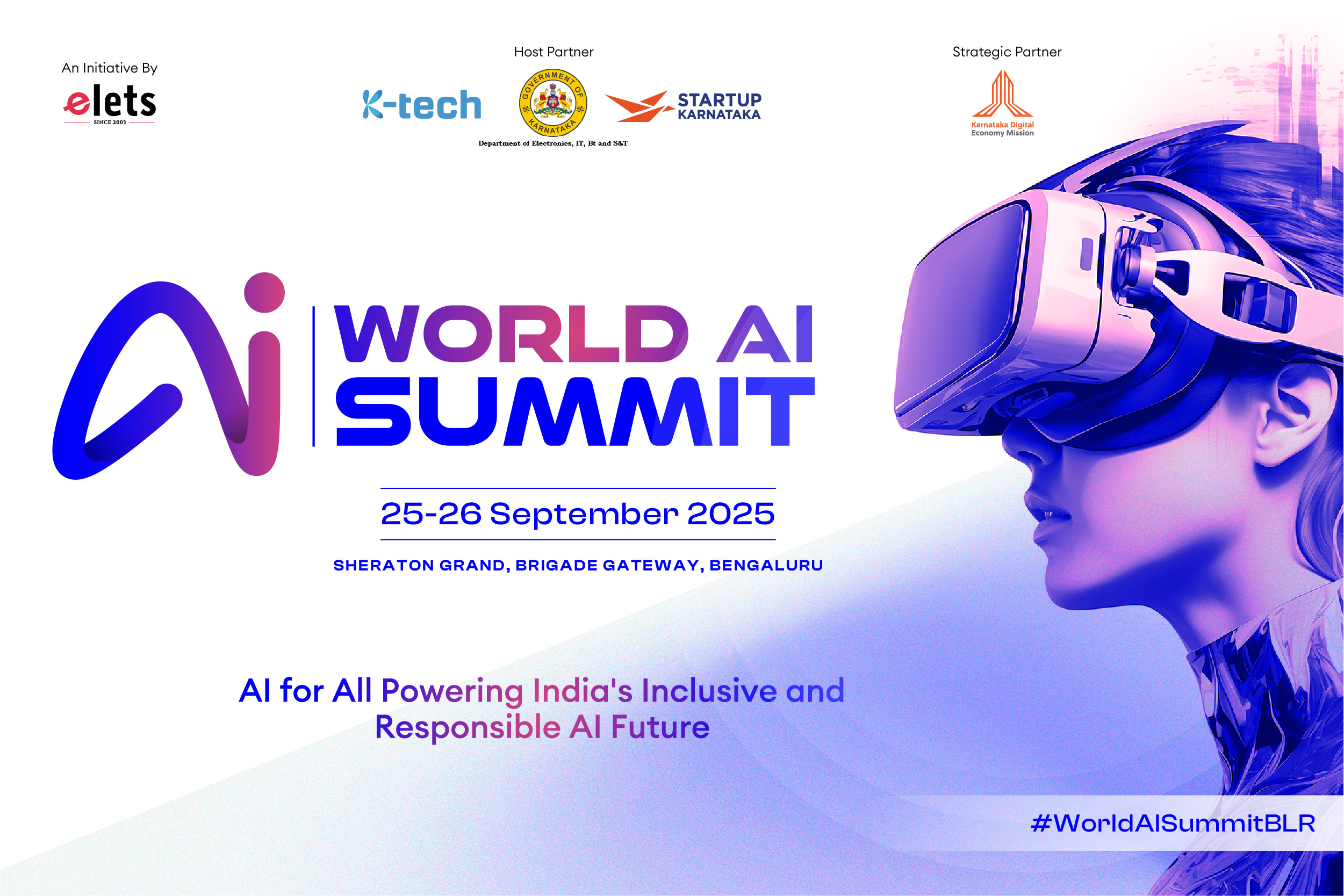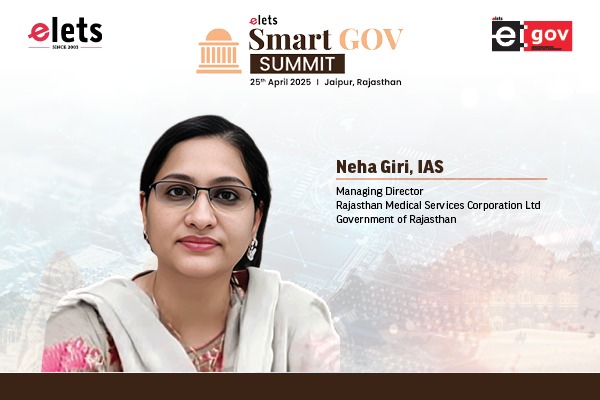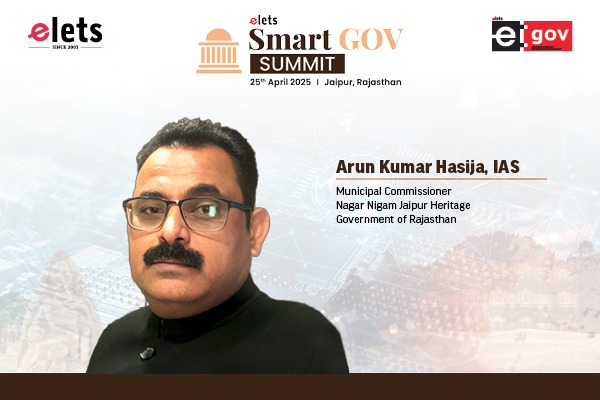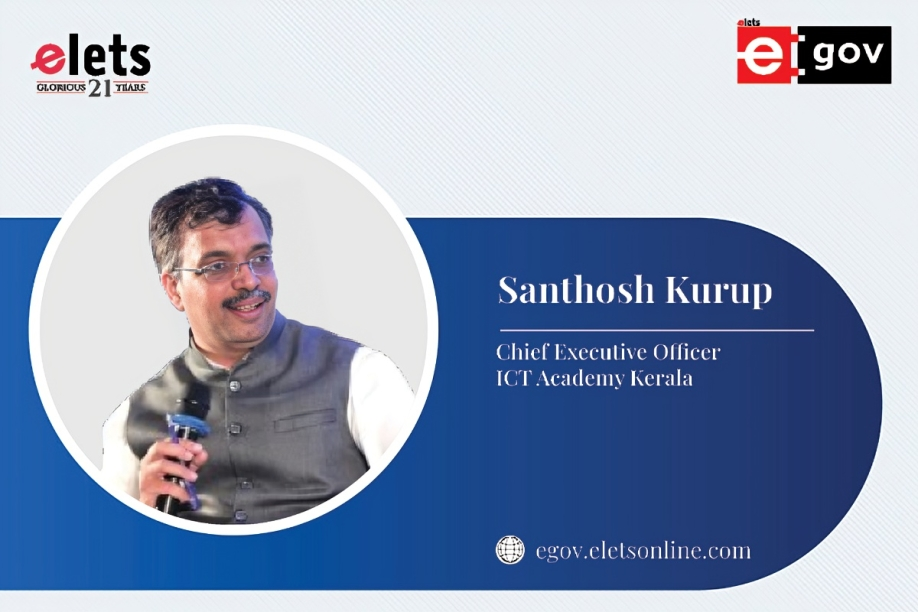
In the realm of technology and information communication technology (ICT), the landscape has undergone a significant transformation over the years. As someone who has traversed both the private sector and public-private organisations closely associated with governments, I’ve witnessed firsthand the evolution from ICT being a mere support function to becoming a strategic imperative in public service delivery.
Traditionally, ICT departments were relegated to support roles, often operating as back-end entities commonly housed within centralized data centers. However, a paradigm shift has occurred, propelling ICT into the forefront of strategic discussions within governmental and private enterprises. Governments now recognize ICT not as a peripheral unit but as an integral part of vital sectors such as health, revenue, and education.

One of the primary catalysts for this evolution is the rapid advancement of technology. We are amidst a technological disruption where intelligence permeates systems courtesy of innovations like artificial intelligence (AI) and generative AI. These systems exhibit autonomous learning capabilities, marking a significant departure from traditional static frameworks. Consequently, the technological dimension of ICT has surged forward, promising novel solutions and efficiencies.

Simultaneously, there’s been a fundamental shift in stakeholder expectations. While customer satisfaction was once the pinnacle, there’s now a broader focus on stakeholder experience. This transition is particularly evident in governmental agencies, where the emphasis has shifted from merely meeting requirements to delivering immersive experiences. Some private enterprises have taken this ethos a step further, embracing the concept of customer obsession. This shift underscores a crucial evolution from satisfaction to holistic stakeholder engagement.

In navigating these dimensions, public service delivery assumes a pivotal role. The convergence of functional, technological, and stakeholder expectation dimensions presents both opportunities and challenges. Understanding how these dimensions intersect—or sometimes diverge—offers insights into optimizing public service delivery.

At the heart of this evolution lies the imperative to bridge these dimensions effectively. Government agencies and public-private entities must navigate the intersection of functional requirements, technological advancements, and stakeholder expectations. By aligning these dimensions cohesively, they can enhance service delivery, foster innovation, and elevate stakeholder experiences.
However, this convergence is not without its hurdles. Challenges such as legacy systems, resource constraints, and varying stakeholder needs can impede progress. Addressing these challenges demands a concerted effort, requiring collaboration across sectors and a commitment to agility and innovation.
In conclusion, the evolution of ICT from a support function to a strategic imperative underscores the evolving nature of public service delivery. By embracing technological innovations, understanding stakeholder expectations, and navigating functional complexities, governments and public-private organizations can chart a path towards enhanced service delivery and stakeholder engagement. In this ever-evolving landscape, the convergence of dimensions presents boundless opportunities to reimagine public service delivery for the digital age.
Views expressed by: Santhosh Kurup, Chief Executive Officer, ICT Academy Kerala, at the 12th eGov Knowledge Exchange Summit, held on October 20, 2023, in Thiruvananthapuram, Kerala.
Be a part of Elets Collaborative Initiatives. Join Us for Upcoming Events and explore business opportunities. Like us on Facebook , connect with us on LinkedIn and follow us on Twitter, Instagram.
"Exciting news! Elets technomedia is now on WhatsApp Channels Subscribe today by clicking the link and stay updated with the latest insights!" Click here!




